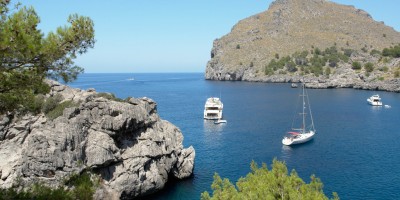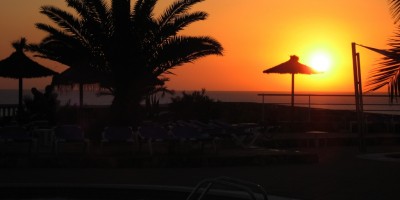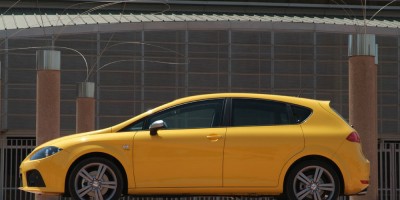Soon after the Phoenicians who established trading posts and the Greek who created new towns. Unfortunately, the Phoenicians did not blend well with the Greeks which brought about thyme Second Punic War.
When the Romans were declared victorious, it started the Roman rule of Spain which lasted for 6 centuries. Rome’s contribution to Spain’s culture are Latin, Roman law, Christianity, and the concept of municipality.
After several minor waves of inhabitants like the Vandals, Visigoths and the Arabs, who eventually conquered the Peninsula.
When Isabella of Castile and Ferdinand of Aragon wed in 1946, it was the start of a glorious period for Spain. It was during this period that Granada was conquered and Christopher Columbus discovered America.
From the 16th to the 17th centuries, Spain grew to be the world’s most powerful country. Then in 1808, Joseph Bonaparte became king but this as we all know did not last. In 1898, with war against the United States, Spain lost control over Puerto Rico, Cuba and the Philippines, effectively ending the supremacy of Spain.
In 1931, after the Monarchy lost badly in the elections, the people ousted the Monarch headed by Alfonso XIII. Thus began the Second Republic, 2 days after the elections.
 During this time, and for five long years, Spain was fraught with social, political, and economical distress which led to a violent civil war that lasted for 3 years. On October 1, 1936, General Franco became the Commander In Chief and Head of State. This was the start of the Franco dictatorship which lasted for 40 years.
During this time, and for five long years, Spain was fraught with social, political, and economical distress which led to a violent civil war that lasted for 3 years. On October 1, 1936, General Franco became the Commander In Chief and Head of State. This was the start of the Franco dictatorship which lasted for 40 years.
Changes only started to happen after the death of General Franco, and the reinstatement of the rightful King of Spain, Juan Carlos I de Borbon y Borbon.
King Juan Carlos brought to the country a western outlook and democracy which went through several changes before finally ending with the first parliamentary election in 1977.
Soon following suit in 1980 and 1982 were the provinces of Basque, Catalonia, Andalusia and Galicia. Democracy soon became part of the political structure of Spain with recognition of the rights of workers and basic liberties, an amnesty program for political detainees, and the establishment of political parties.
Spain’s history, as it is briefly told unfolds a story of a nation coming into its own. From nothing it grew to being a super power, then because of inability to control the factors of power and authority, and the effects of greed, Spain lost control and became victim to the whims of a dictator.
From the ashes, Spain rose again, and is now considered one of the developed countries of the modern world.



